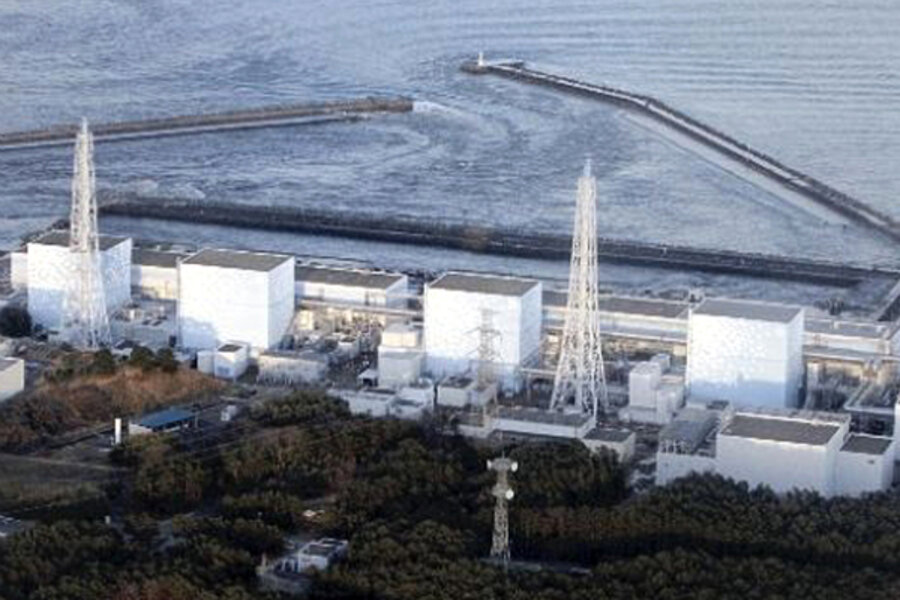Japan's nuclear crisis and Chernobyl: key differences
Loading...
| Paris
Uncertainty and fear have been feeding each other over the struggle to cool nuclear reactors in Japanese atomic power plants after a tsunami caused by Friday's 8.9-magnitude earthquake swept away primary and backup cooling systems.
The words “meltdown” and “Chernobyl” have conjured images of radioactive vapors rising from the coastal Fukushima nuclear facilities and sweeping the Pacific Rim, raining down on crops and people. After all, the containment zone has expanded several times, and a blast at one reactor Saturday indicated a partial core meltdown.
Yet a number of American and European scientists, as well as diplomats familiar with the thinking inside the Vienna-based International Atomic Energy Agency (IAEA), are cautiously taking the edge off the worst fears.
Robert Engel, former IAEA inspector and Swiss nuclear engineer, told Reuters Sunday that a partial meltdown of a reactor “is not a disaster” and that he doubted a complete meltdown is possible. And the details of the current Japanese reactor crisis bear little similarity to the Soviet-era meltdown at Chernobyl, which came about through design flaws and human error before it spread a radioactive cloud across much of Europe and Asia 25 years ago.
Experts at the IAEA “aren’t planning for the next Chernobyl” says a mid-level Western diplomat familiar with how the organization works. “But nor do [they] think we are out of the woods yet. The reactors are still hot. But this situation has no relation to Chernobyl, even though I realize that in the popular lore, if you say ‘Chernobyl,’ it means 'catastrophic meltdown.' ”
Key differences
The Chernobyl Soviet RBMK-1000 reactor exploded on April 26, 1986 after inexperienced handlers took the power down and then tried to power it up too quickly in an effort to discover whether a 40-second power gap in the cooling system could be bridged.
The Chernobyl reactor was new, it was undergoing tests, and it had very little structural containment measures to ward off a meltdown.
The Japanese reactors are a completely different design known as Boiling Water Reactors, which are old and tested, and have three quite elaborate systems of containment designed to constrain radioactive leakage, points out Josef Oehmen, a research scientist at the Massachusetts Institute of Technology (MIT) in Cambridge, Mass. “The third containment is designed, built, and tested for one single purpose: To contain, indefinitely, a complete core meltdown,” he writes.
Robin Grimes, director of the Centre for Nuclear Engineering at Imperial College London, told Reuters that the core of the Japanese reactors may be still intact.
"After it's all cooled down, it may well still be possible to simply remove the fuel and dispose of it in a relatively normal procedure," said Mr. Grimes. "What's clear, because of the incidental radiation being released at the moment, which is significant but not overwhelming, is that the structure of the core is probably still intact. So it's not as bad as Three Mile Island."
Fast-evolving drama
Diplomats and scientists say the fast-evolving drama is not clear and is filled with partial or incomplete information – adding to the uncertainty.
Nuclear plant engineers have in recent days cooled reactors using seawater and by “venting” the enormously hot cores into the atmosphere.
Japanese officials say the radioactivity emitted from the venting process is not significant enough to cause harm to humans, a point with which Dr. Oehmen appears to agree.





